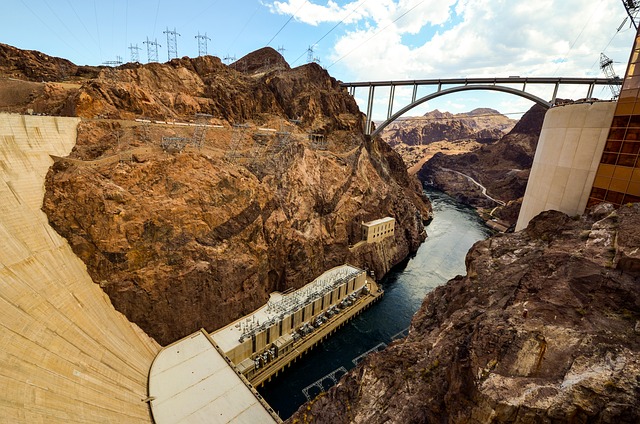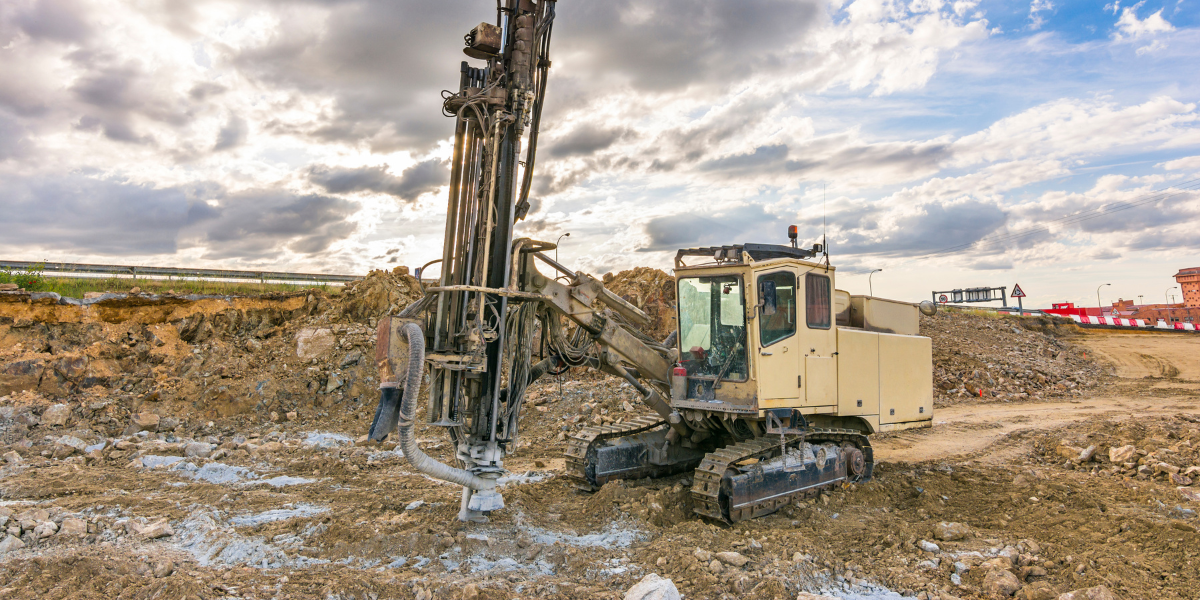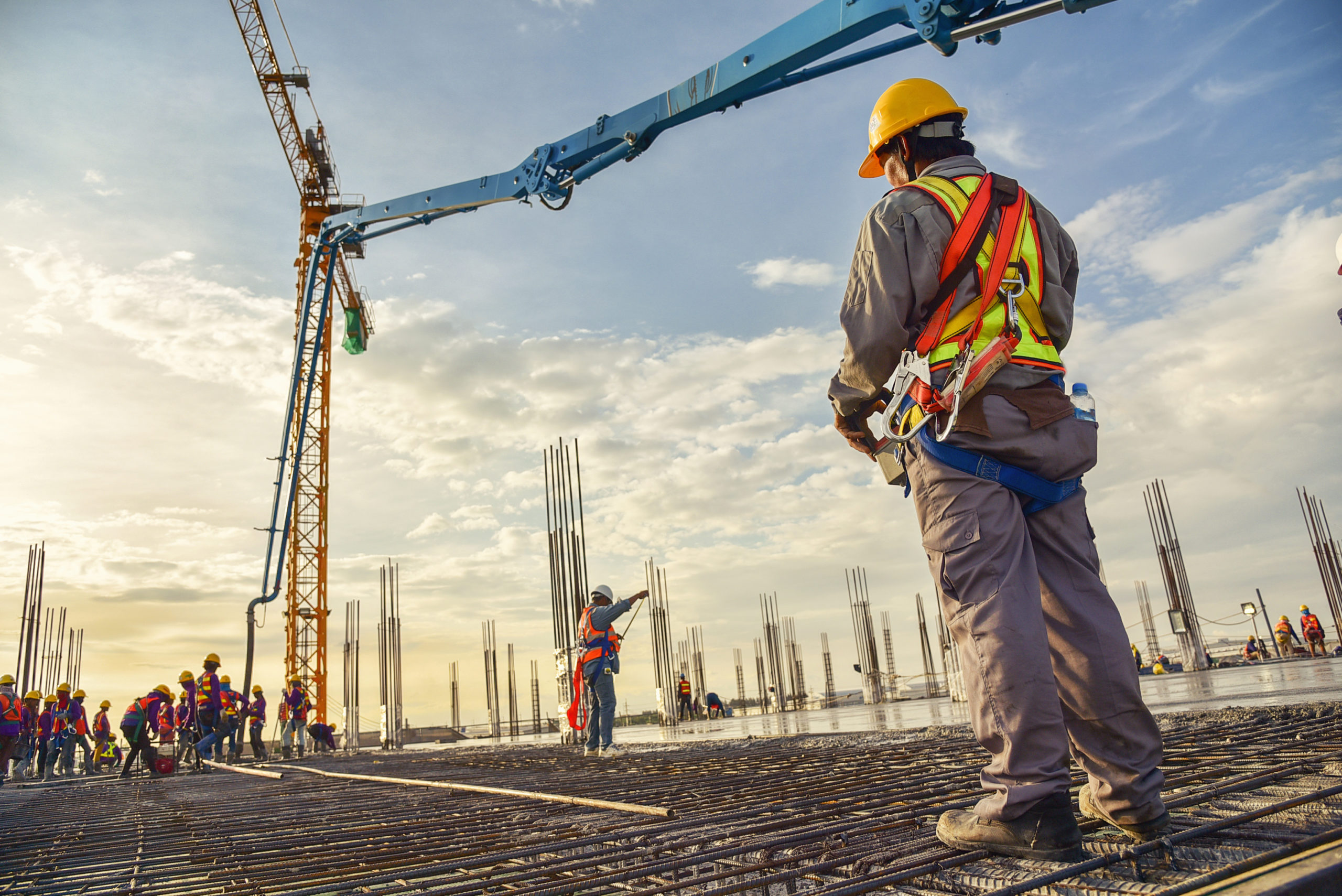Geotechnical Geologist Solutions for Accurate Soil and Rock Analysis
Geotechnical Geologist Solutions for Accurate Soil and Rock Analysis
Blog Article
Just How Consulting Engineers Enhance Geotechnical Design Projects: Insights Into Their Experience, Techniques, and Collaborative Approaches
Consulting designers are essential in enhancing geotechnical engineering jobs, applying their specialized expertise to navigate the intricacies of subsurface problems. Their approaches incorporate a variety of website investigation techniques, consisting of Standard Infiltration Tests (SPT) and Cone Penetration Examinations (CPT), which notify crucial choices during the layout and building phases. In addition, their collective approaches foster interaction among varied project stakeholders, inevitably shaping the task's trajectory. As we take a look at the multifaceted functions these specialists play, it comes to be clear that their contributions prolong beyond technological expertise, motivating a closer check out the implications for job success.
Duty of Consulting Engineers
The competence of consulting engineers in geotechnical engineering is basic to the successful execution of building and construction tasks. These professionals play an essential role in examining dirt and rock residential properties, which are critical elements influencing style and building choices. By conducting thorough website examinations, consulting engineers collect vital data that educates the design procedure, guaranteeing tasks are improved secure and ideal ground.
Consulting designers likewise provide important insights into threat monitoring (geotechnical geologist). They determine prospective geotechnical dangers, such as landslides, soil liquefaction, and negotiation concerns, making it possible for stakeholders to apply reliable reduction methods. Their proficiency aids in maximizing structure styles, which can result in significant cost savings and enhanced safety and security
In addition, getting in touch with designers serve as an important link between project proprietors, designers, and professionals. Their ability to convert intricate geotechnical information into workable suggestions fosters cooperation and facilitates notified decision-making throughout the job lifecycle. This multidisciplinary method not just enhances job performance yet also guarantees compliance with regulative criteria and ideal practices.
Key Approaches in Geotechnical Engineering

One main method is site examination, which involves conducting field examinations and research laboratory analyses to gather data on subsurface problems. Techniques such as Criterion Infiltration Testing (SPT) and Cone Penetration Screening (CPT) are commonly used to assess soil stratigraphy and strength. In addition, geophysical techniques, including seismic and electrical resistivity surveys, supply non-invasive ways to analyze subsurface qualities.
An additional vital methodology is numerical modeling, which makes it possible for designers to imitate numerous circumstances and anticipate exactly how soil-structure communications will certainly behave under various loading conditions. Finite Component Evaluation (FEA) is an usual technique used in this context.
Additionally, the design of foundations, retaining structures, and earthworks counts heavily on these techniques - geotechnical geologist. By incorporating innovative logical tools with field information, getting in touch with engineers can develop tailored options that resolve particular task challenges, ultimately adding to the stability and safety of construction tasks
Value of Dirt Analysis
Dirt analysis serves as a foundational element in geotechnical engineering, providing essential understandings right into the physical and chemical properties of soil required for reliable building planning. Comprehending dirt qualities is vital for determining its load-bearing ability, drainage habits, and capacity for settlement or instability. Detailed weblink dirt examinations, including sampling and laboratory testing, assistance recognize criteria such as soil type, wetness material, thickness, and shear strength.
These analyses inform the selection of proper building and construction techniques and materials, eventually affecting project safety and long life. Natural dirts may need different foundation styles compared to granular soils, demanding tailored engineering services. Moreover, soil analysis help in recognizing contaminants that could posture threats to human health or the setting, enabling the growth of reduction methods.
Integrating soil analysis right into the onset of project development assists to reduce unanticipated challenges, ensuring that engineers can anticipate and attend to prospective problems before they intensify. By developing a detailed understanding of the site conditions, consulting designers can maximize design efficiency and lower costs, therefore boosting the total success of geotechnical engineering jobs.
Collective Approaches in Tasks
Effective geotechnical projects often pivot on joint methods that bring together varied proficiency from different techniques. Reliable collaboration amongst speaking with designers, geologists, ecological researchers, and building and construction professionals is critical for addressing complicated difficulties and enhancing project outcomes. By leveraging the distinct abilities and expertise of each staff member, projects can gain from a holistic understanding of the website problems, governing needs, and design restrictions.
Regular interaction and interdisciplinary meetings assist in the sharing of understandings and cultivate a culture of team effort. These collaborative efforts make it possible for the recognition of possible threats early in the job lifecycle, permitting for prompt reduction approaches. Incorporating feedback from stakeholders, consisting of regional areas and regulatory agencies, ensures that all viewpoints are thought about, enhancing project acceptance and conformity.
Furthermore, the integration of sophisticated technologies, such as Geographic Details Systems (GIS) and Structure Info Modeling i thought about this (BIM), additional improves partnership. These devices permit the real-time sharing of information and visualization of geotechnical conditions, advertising notified decision-making. Ultimately, a collective technique not just simplifies project execution yet also lays the structure for innovative options to intricate geotechnical engineering difficulties.
Influence On Project Results

Consulting designers employ advanced approaches such as risk evaluation and anticipating modeling, which improve the precision of project forecasts. Their ability to integrate cutting-edge technologies, like geotechnical instrumentation and information analytics, further refines the style and building processes. Consequently, projects experience improved efficiency, minimized costs, and decreased delays.
In addition, promoting efficient interaction and collaboration amongst group members boosts analytical abilities. When challenges arise, a joined front enables for swift recognition of solutions, protecting against potential setbacks. Inevitably, the collaborative efforts of seeking advice from engineers add to better end results, guaranteeing that jobs fulfill both regulative standards and client expectations.
Final Thought

Report this page